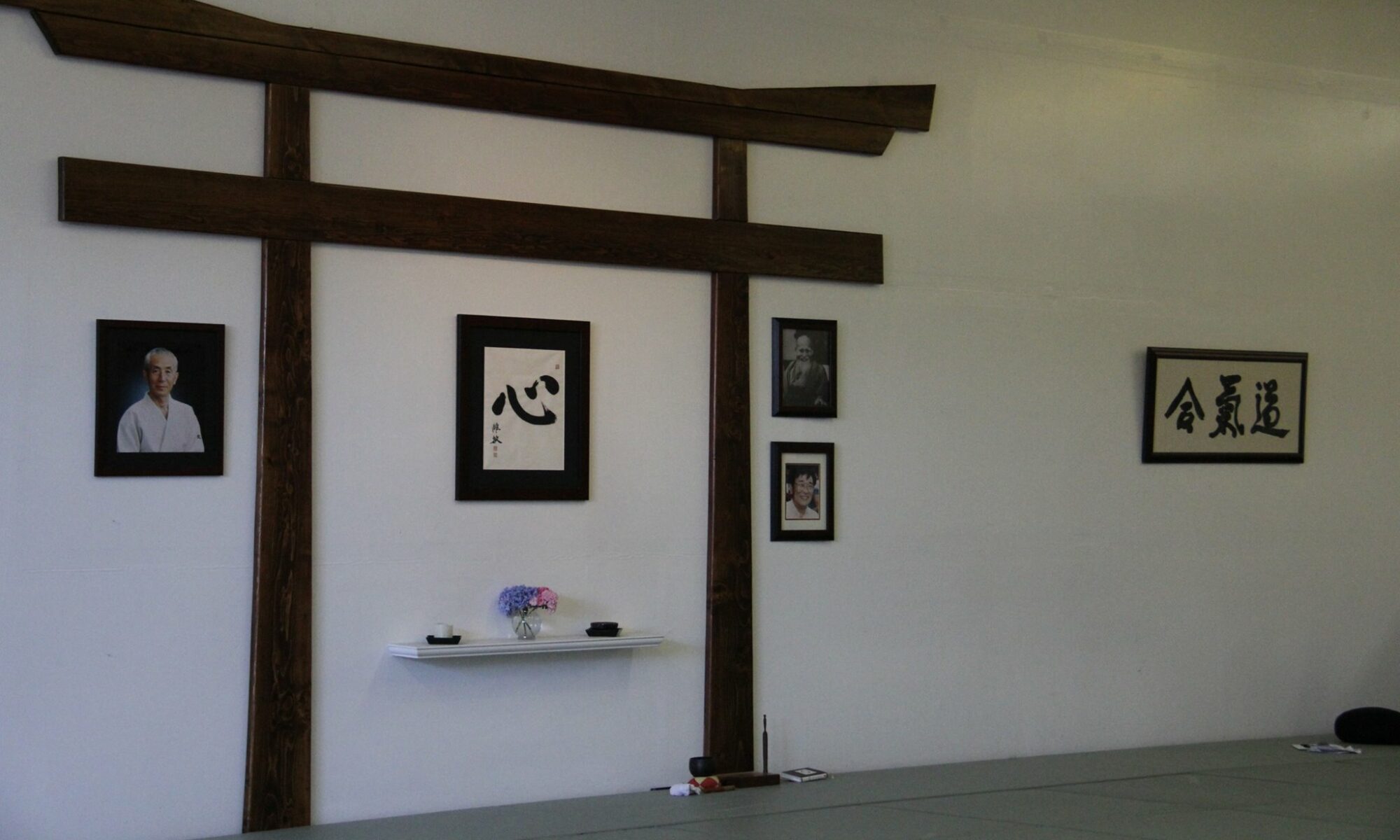We come to our dojo to train so that we’re better able to apply the principles of aikido in our daily lives.
In our practice we struggle to figure out how to live in harmony with the world around us. As we begin this process, we must assess how willing we are to extend our trust to others as we allow them to use our bodies to practice techniques. Eventually we become more comfortable with extending that trust and we increase our confidence that things will usually work out well. As our practice continues, we must learn to apply this reinforcing cycle to extend trust off the mat. This may be extending trust in our personal relationships, maybe in our work relationships, and possibly in all of our interactions with others. The key ingredient in moving from one level to another is optimism.
When we can look at the world with positivity and confidence that even the things that can hurt or injure us will work out pretty well, then we can more easily extend trust to others. Ultimately, our practice is that we can extend this trust to everyone. This does not mean that we don’t make sure we can take care of ourselves but it means that we can truly show everyone respect and that we can approach everyone with a positive bias. At this level in our training we assess what we need in order to truly realize that aspiration.
By Nate Weed

